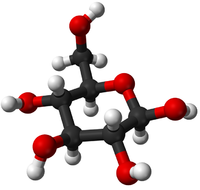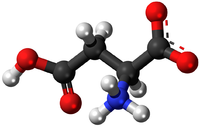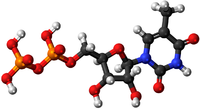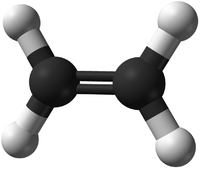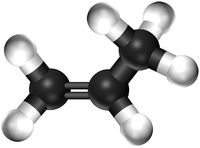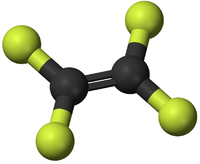Difference between revisions of "Monomer"
(→Examples) |
(→Examples) |
||
| Line 15: | Line 15: | ||
===Examples=== | ===Examples=== | ||
{| class="wikitable" | {| class="wikitable" | ||
| − | |+ Monomers that | + | |+ Monomers that produce Natural Polymers |
|- | |- | ||
| style="height:20px; width:200px; text-align:center;" |'''Glucose''' | | style="height:20px; width:200px; text-align:center;" |'''Glucose''' | ||
| Line 27: | Line 27: | ||
{| class="wikitable" | {| class="wikitable" | ||
| − | |+ Monomers that | + | |+ Monomers that produce Synthetic Polymers |
|- | |- | ||
| style="height:20px; width:200px; text-align:center;" |'''Ethene''' | | style="height:20px; width:200px; text-align:center;" |'''Ethene''' | ||
Revision as of 13:03, 18 January 2019
Key Stage 4
Meaning
A monomer is as small molecule that can bond with other molecules to form a polymer.
About Monomers
There are several monomers that you may know:
- Glucose - This monomer comes together in a Condensation Polymerisation to form the polymers; starch and glycogen.
- Amino Acids - This monomer comes together in a Condensation Polymerisation to form the polymers known as proteins.
- Nucleotides - This monomer comes together in a Condensation Polymerisation to form the polymer; DNA.
- Ethene - This monomer comes together in an Addition Polymerisation to form the polymer; polythene.
- Propene - This monomer comes together in an Addition Polymerisation to form the polymer; polypropene.
- Tetrafluoroethene - This monomer comes together in an Addition Polymerisation to form the polymer; polytetrafluoroethene.
Examples
| Glucose | Amino Acid | Nucleotide |
| Ethene | Propene | Tetrafluoroethene |
